

China has become one of the largest markets in the world for the consumption of imported or domestic fashion and luxury goods. Huge business opportunities are attracting more and more international brands to enter the China market.
CTC GB standards Solutions
China has become one of the largest markets in the world for the consumption of imported or domestic fashion and luxury goods. Huge business opportunities are attracting more and more international brands to enter the China market. One of the keys to your success is your product's compliance with China's regulations standards. Many brands are not familiar with all the GB standards you are required to test to.

China Government Organization Chart

Chinese Supervision Bodies
CIQ: China Entry-Exit Inspection and Quarantine Bureau
QTS: Quality and Technical Supervision Bureau
AIC: State Administration for Industry and Commerce
CA: Consumers Association
When the consumer goods are imported from overseas and enter the Chinese territory, the CIQ (Entry-Exit Inspection and Quarantine Bureau) is in charge of check the products’ quality to make sure it respects Chinese regulation.
When the consumer goods are sold in the Chinese market, both Administration Industry & Commercial Bureau AIC and QTS have right to check the product quality on the market.
China GB (Guo Biao) standards are Chinese national standards issued by the Standardization Administration of China (SAC), the Chinese National Committee of the ISO and IEC. Chinese standards may be either mandatory or voluntary. The standards can be identified as mandatory or voluntary by their prefix code:
|
Scope |
Mandatory standard |
Voluntary standard |
|
National standard |
GB |
GB/T |
|
Industrial standard |
QB/T, FZ/T, HG/T…. |
|
|
Province standard |
DB/T |
|
|
Enterprise standard |
Q/XXXX |
GB: National Mandatory Standards (Guo Biao)
T: Recommended or Voluntary
QB: Light industry (including footwear, leather goods…)
FZ: Textile
HG: Chemical industry
National standard (GB and GB/T): shall be formulated by the department of standardization administration under the State Council for the technical requirements that need to be unified nationwide. (e.g..: GB 31701 Safety technical specifications for children textile).
Industrial standard (QB/T, FZ/T, HG/T….): in the absence of national standards, technical requirements for a certain industry need to be unified, industry standards (QB/T, FZ/T…) may be formulated. (e.g.: QB/T 1277-2012 pH values for leather).
Province standard (DB/T): in the absence of both national and industry standards, safety and sanitary requirements for industrial products need to be unified within a province or a city, local standards (DB) may be formulated. (e.g.: DB31/T 645-2012 is Shanghai fruit grades for table grape).
In China, all products being sold are required to fulfill Chinese quality requirements. There is no formal regulation requirement to test the products, however, it is mandatory to ensure quality of your products. No matter you want to sell your products in Department Store (eg: Carrefour, Walmart…) or online (eg: JD, Taobao, TMALL or Amazon China…), most probably you will need to provide a PASS testing report, as department stores and online platforms want to make sure the products meet requirements of Chinese standards.
The result is if you want to export products to Chinese market, need to understand and be aware of the complexities and necessary requirements under the vast range of GB standards, need to ensure they can meet the requirements of GB China national standards.
Failure to comply with GB Standards could result in your products being banned or impounded and could lead to reputational damage and fines.
| State Administration of Market Supervision or Local Market Supervision Administration |
 |
| Carry out regual supervision and inspection for the products in the circulation field |
 |
| Publish the report of random inspection online |
State Administration of Market Supervision and local market supervision administration have their own official website for publishing market surveillance plan and the result of supervision spot-check for product quality.
On the 7th of May 2020, the China Administration of Market Supervision announced the 2020 National product quality supervision and spot check plan. The spot check plan includes a total of 131 products. The General Administration of Market Supervision will seriously organize and carry out the spot checks, release the results to the public and deal with violations of product quality according to law. Among those hot products, baby & children garments / toys / footwear, bed linens, leather garments, casual garments, down garments, leather shoes, trolley cases and PPE items are involved.
(Source: http://www.gov.cn/zhengce/zhengceku/2020-05/11/content_5510613.htm)
Example
On 1st January, 2020, Shanghai Market Supervision Administration issued the results of random inspection on the quality supervision of adult shoes. 50 batches of products were randomly inspected, and 17 batches were unqualified after inspection according to related GB standards.
|
Unqualified items of adult shoes |
|
|
Azo dyes |
Shank |
|
Delamination resistance |
Color fastness to rubbing on lining and in sock materials |
|
Pulling strength of upper strap |
resistance of heel |
The unqualified products found in this spot check will be handed over to the market supervision department of the place where the enterprise is located for handling according to law.
CNAS is the national accreditation body of China responsible for the accreditation of all laboratories, including certification bodies and inspection bodies in the society. The test reports issued are internationally mutually recognized.
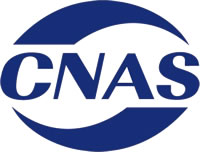
Testing CNAS 4L4577
Testing CNAS 4L5912
All accredited organizations (commercial and government laboratories) are requested to provide certification with accurate examination data to the public. CMA examines the testing ability and reliability of those testing organizations.

2016 192 132 Z
2209 213 421 05
In order to make sure your products enter to Chinese mark successfully, you shall cooperate with CNAS and CMA accredited laboratory (e.g.: CTC laboratory) for inspection and testing services. The test reports issued by the accredited organizations can be used to evaluate product quality with legal effect.
|
Safety Standard - Basic Request |
||
|
GB Standard |
English |
Chinese |
|
GB 18401-2010 |
National General Safety Technical Code for Textile Product |
国家纺织产品基本安全技术规范 |
|
GB 31701-2015 |
Safety technical code for infants and children textile product |
婴幼儿及儿童纺织产品安全技术 |
|
GB 30585-2014 |
Safety Technical Specifications for Children's Footwear |
儿童鞋安全技术规范 |
|
GB 20400-2006 |
Leather and fur-Limit of harmful matter |
皮革和毛皮有害物质限量 |
|
GB 21550-2008 |
The restriction of hazardous materials in polyvinyl chloride artificial leather |
聚氯乙烯人造革有害物质限量 |
Here we will look at the basics of the GB 18401 standard to give you a better understanding of your responsibilities as a manufacturer and/or an importer into China.
|
Category |
Examples of Product |
|
A. Products for babies (≤ 36 months) |
Diaper pads, diapers, underwear, bibs, pajamas, gloves, socks, coats, hats, beddings |
|
B. Products with direct skin contact |
Bras, bellybands, vests, shorts, skirts, cotton singlets, skirts (summer), trousers (summer), socks, bed sheets, underwear, quilt cover, towels, swimming suit, hats |
|
C. Products without direct skin contact |
Sweaters, jackets, skirts, trousers, curtains, bedspreads, wall fabrics, fillings, linings |
|
Testing Item |
Category A |
Category B |
Category C |
|
Formaldehyde Content (mg/kg) |
≤20 |
≤75 |
≤300 |
|
pH Value |
4.0 to 7.5 |
4.0 to 8.5 |
4.0 to 9.0 |
|
Color fastness to Water |
Grade≥3-4 |
Grade≥3 |
Grade≥3 |
|
Color fastness to Acid Perspiration |
Grade≥3-4 |
Grade≥3 |
Grade≥3 |
|
Color fastness to Alkali Perspiration |
Grade≥3-4 |
Grade≥3 |
Grade≥3 |
|
Color fastness to Dry Rubbing |
Grade≥4 |
Grade≥3 |
Grade≥3 |
|
Color fastness to Saliva |
Grade≥4 |
N/A |
N/A |
|
Odor |
N/A |
||
|
Azo dyes (mg/kg) |
Prohibited(≤20mg/kg) |
||
Product standards are set for some or all of the requirements or specifications which products must meet to ensure the suitability of products, and serve as a basis for production, inspection, acceptance, use, maintenance, and trade negotiations.
There are massive product standards, to avoid confusing you, here we would like to show you some main product standards for Footwear, Garment, Leather goods, Accessories, PPE footwear and PPE gloves.
|
QB/T 2955-2017 |
QB/T 1002-2015 |
QB/T 2880-2016 |
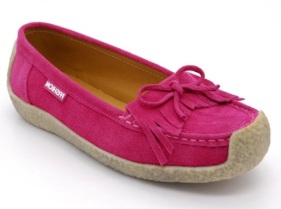 |
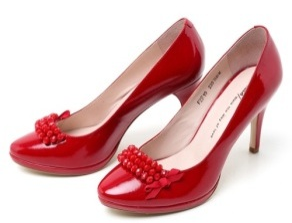 |
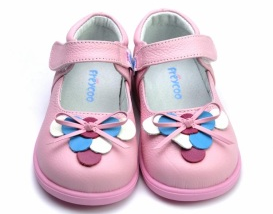 |
|
GB/T 15107-2013 |
QB/T 4331-2012 |
QB/T 22756-2017 |
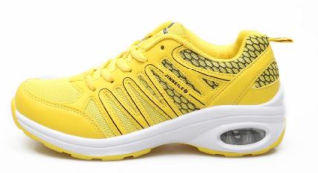 |
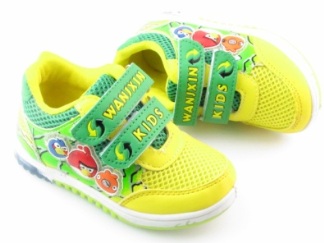 |
 |
|
QB/T 2977-2008 |
HG/T 3086-2011 |
QB/T 4329-2012 |
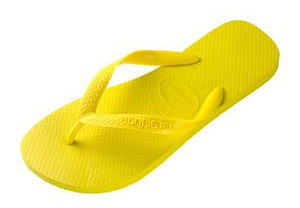 |
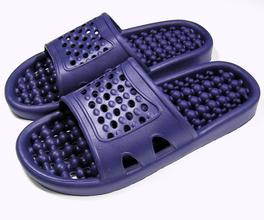 |
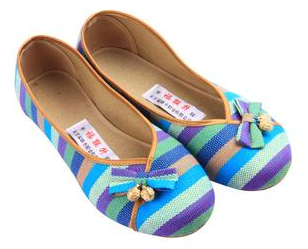 |
|
GB/T 2660-2008 |
GB/T 14272-2011 |
 |
 |
|
FZ/T 81004-2012 |
FZ/T 81006-2007 |
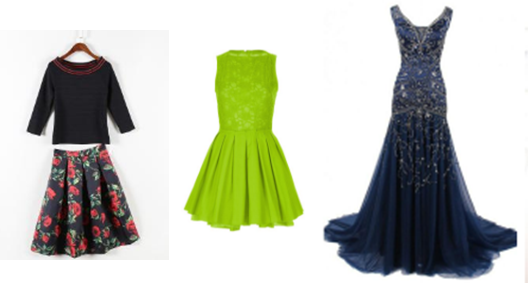 |
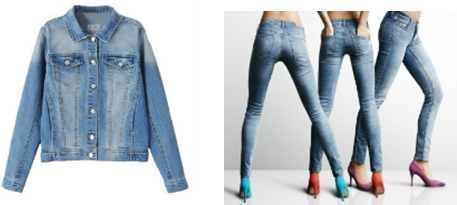 |
|
QB/T 1333-2018 |
QB/T 2155-2018 |
 |
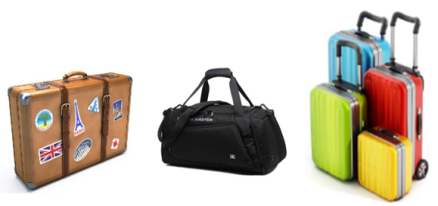 |
|
QB/T 1619-2018 |
QB/T 1618-2018 |
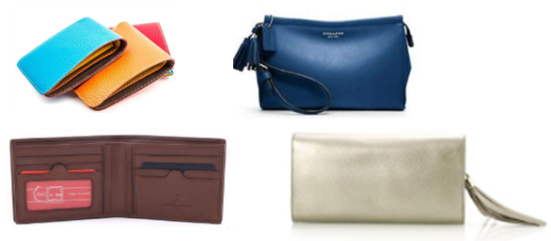 |
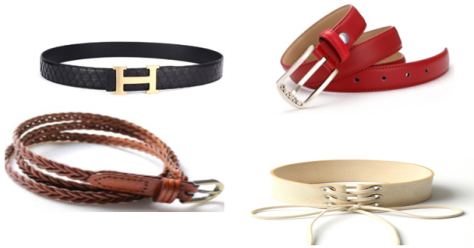 |
|
FZ/T 82002-2016 |
FZ/T 73044-2012 |
 |
 |
|
FZ/T 73042-2011 |
FZ/T 74004-2016 |
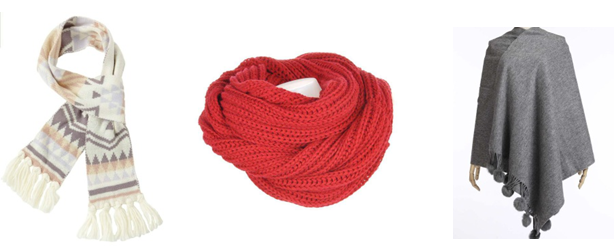 |
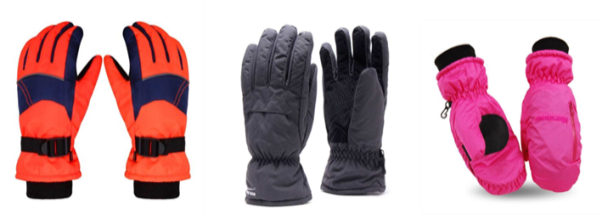 |
|
QB/T 1584-2018 |
|
 |
PPE products (except for PPE gloves) sold in the Chinese market in the past many years have required « Lao An » certificate, but the certification system was cancelled by Chinese national regulations in early 2015. Therefore, it’s legal for retailers to sell products that have not been certified by « Lao An » in the Chinese market. Nonetheless, with observations of practice over the past few years, most purchasers in China may still require suppliers to provide this « Lao An » certificate as one of the bidding conditions.
Below please see the main PPE footwear standards :
|
GB 21146-2007 |
GB 21147-2007 |
GB 21148-2007 |
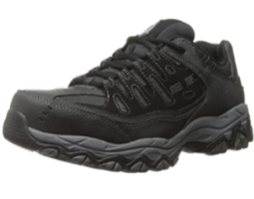 |
 |
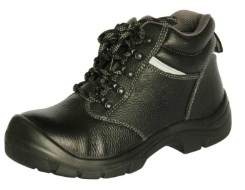 |
|
GB 20266-2006 |
GB 12011-2009 |
AQ 6105-2008 |
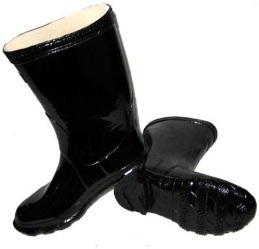 |
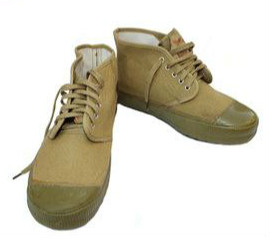 |
 |
|
GB 20265-2006 |
||
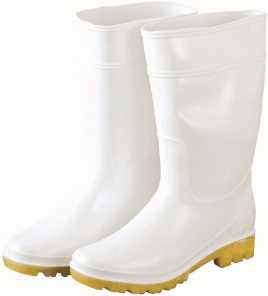 |
GB 21146-2007 Occupational Footwear : incorporating protective features to protect the wearer from injuries which could arise through accidents.
GB 21147-2007 Protective Footwear : incorporating protective features to protect the wearer from injuries which could arise through accidents, fitted with toecaps, protection against impact when tested at an energy level of at least 100 J and against compression when tested at a compression load of at least 10 kN.
GB 21148-2007 Safety Footwear: incorporating protective features to protect the wearer from injuries which could arise through accidents, fitted with toecaps, protection against impact when tested at an energy level of at least 200 J and against compression when tested at a compression load of at least 15 kN.
According to different types of protection, the standard of PPE gloves mainly includes the following.
|
GB/T 17622-2008 |
GB 24541-2009 |
GB 28881-2012 |
 |
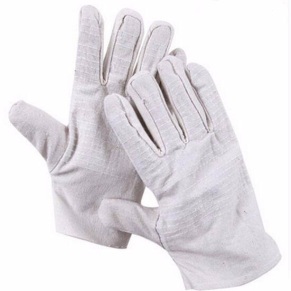 |
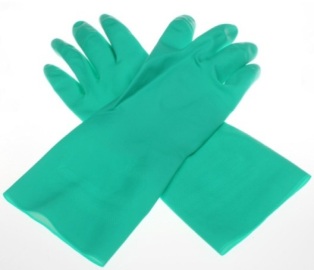 |
|
AQ 6101-2007 |
AQ 6102-2007 |
AQ 6103-2007 |
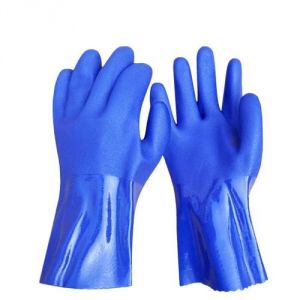 |
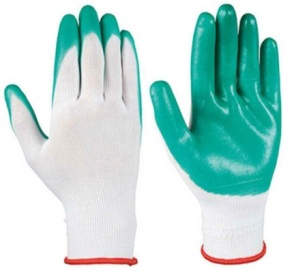 |
 |
Here we would like to introduce specific technical requirements for QB/T 2955-2017 Casual shoes as an example.
|
No. |
Testing Item |
Requirement |
| 1 |
Appearance checking |
conform with QB/T 2955 |
| 2 |
Delamination resistance |
>=40N/cm (>=30N/cm if material problem) no need to test if stitched or nailed structure |
| 3 |
Bond strength of outsole/midsole |
>=20N/cm (for cellular sole, if material tear but not separated: >=15N/cm) |
| 4 |
Flexing resistance of whole footwear |
cut<=20mm, new crack less than 3, length of each new crack <=5mm, no damage of coating/upper/sole/foxing, no bonding problem, no air leakage for cushion after test. [no need to test if outsole thickness (include cleats) of flexing area > 25mm ] |
| 5 |
Abrasion resistance of outsole |
length of crack <=14mm |
| 6 |
Pulling strength of upper strap |
>=70N/cm (>=30N/cm if material problem) |
| 7 |
Low-temperature flexing of upper (-10°C) |
conform with QB/T 2224 |
| 8 |
Flexing resistance of outsole material in cold condition |
conform with QB/T 4886 |
| 9 |
Color fastness to rubbing on lining and insock materials |
>=2/3 staining |
| 10 |
Odor test |
<= grade 3 |
| 11 |
Outsole - Thickness |
Contact floor-forepart >=3.0mm |
| 12 |
Labelling and general checking |
conform with QB/T 2955 and QB/T 2673 Shoe labelling |
| 13 |
Azo Dye |
Textile <=20ppm, |
| 14 |
Formaledehyde |
skin contact <=75 ppm, |
Above main product standards are for your reference, if you would like to know more GB standards about your products and which testing items shall be applied to your products, please feel free to contact us.
CTC Group has been in quality assurance business for over 100 years, we provide professional quality control services for footwear, leather goods, textile, apparel, luggage, PPE…
CTC dedicated team are able to help you to manage your GB Program for China market. CTC China has three professional laboratories (located in Hong Kong, Shanghai and Dongguan) which are accredited to ISO 17025 standard.
CTC Shanghai Laboratory and CTC Dongguan Laboratory have been accredited by the China National Accreditation Service for Conformity Assessment (CNAS) and the China Metrology Accreditation (CMA) for many years, we are able to issue 2C reports (CNAS and CMA) based on authorities’ requirements.
 |
 |
|
CTC Shanghai: N° L4577 |
CTC Shanghai: 160921341119 |
In addition, CTC actively participates in various Chinese Standardization Committees, CTC is member of:
The roles above can support us helping our clients to closely understand the standards and relevant policy from Chinese authorities.
Whether you are an established consumer product manufacturer, hoping to break into the Chinese market, or a new brand looking to make the Chinese consumer your main focus, a knowledgeable laboratory testing and inspection service can provide you with all necessary information on the local regulations, help you establish a design and production plan, and carry out all lab testing and inspection procedures you need to ensure consistent quality and market compliance.
As the leading expert on Chinese GB standards, CTC can provide one-stop-shop solution for selling goods in China Market:
Any questions regarding GB testing, you can always get supports from CTC, just contact with our GB specialists / GB service officers. Pre-testing before shipment to China can clients help to lower the risks of market supervision.
We are always providing customized training and consulting program based on clients’ needs in accordance with GB standards and your products. The training could be arranged in client’s office or CTC offices. We can also provide webinar training per clients’ needs to avoid geographical restrictions.
Our GB team can help to select the GB testing category and recommend necessarily sensitive items to save costs. Besides, improvement recommendations can be given by CTC technicians to help you improve your quality and test results.
We can help to translate necessarily Chinese regulation and GB standards from Chinese to English for your better understanding.
We can guide clients to well understand GB labeling requirements for rightly usage and present.
Welcome to contact CTC for your GB program!
|
CONTACT CTC FRANCE |
|
CTC Lyon |
|
Addresse : 4 rue Hermann Frenkel - 69367 Lyon Cedex 7, France |
|
CONTACT CTC CHINA |
|
CTC Hong Kong |
|
Address: Units 1801-1802, Tower B, Regent CENTRE, 63 Wo Yi Hop Road – Kwai Chung |
|
CTC Shanghai |
|
Address: 3F, Building Block 2, No. 3400 Gonghexin Road, Jing'an District, Shanghai 200436, P.R. CHINA |
|
CTC Dongguan |
|
Address: No. 14 building, SME Park of Northern Industry City, Songshan Lake Sci & Tech. Industry Park Dongguan city, Guangdong province 523808 P.R. - CHINA. |
|
CTC Wenzhou |
|
Contact person: |
|
CTC Xiamen |
|
Contact person: |